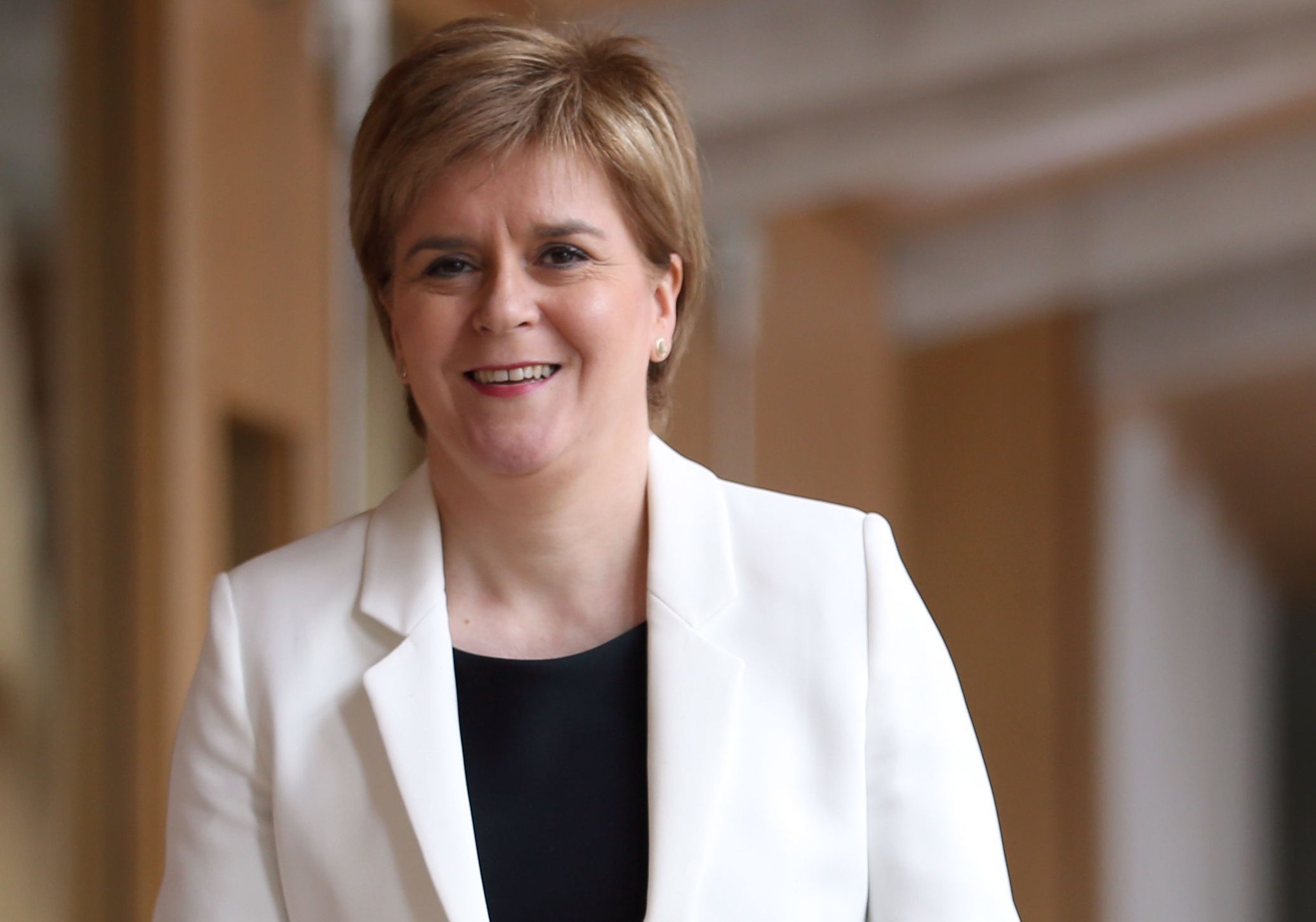
SNP leader Nicola Sturgeon has said she believes Scotland will be independent by 2025.
In an interview on ITV’s Tonight programme she said she had not changed her timetable for a second Scottish independence referendum, and that Scotland should not be told to “shut up” by the rest of the UK during the Brexit negotiations.
Asked by interviewer Julie Etchingham if she thinks the United Kingdom will have broken up by 2025, Ms Sturgeon replied: “I think Scotland will be independent, yes, but, you know, that’s a choice for the Scottish people.”
Pressed on the date, she added: “Look, you’re putting arbitrary dates in my … you know, I believe Scotland will be independent, I’ve always believed that.”
The SNP leader was interviewed on May 31 and the programme will be broadcast on Monday.
Speaking about Scotland’s place in the Brexit negotiations, Ms Sturgeon said: “In 2014, we were told if we voted Yes we would impale our place in the EU. So, Scotland voted No to – amongst other things – to protect its place in the EU.
“In 2016, we were told to vote remain to protect our place in the EU. We did that. We were then told that the UK is a family of nations and Scotland’s voice would be heard, that the prime minister wouldn’t trigger Article 50 until there had been a UK position.
“So, basically, what we’re now being told is, you know, ‘shut up, Scotland, because nobody in the rest of the UK is interested in what you want to say’. That is a democratically unsustainable position.”
Ms Sturgeon said her timetable for holding a second vote on Scottish independence is “as it’s always been”, having previously said it would be between autumn 2018 and spring 2019.
She said: “The point of principle for me is the end of the process.
“Now, why I set out those dates is that that is what Theresa May is telling us right now the end of the process will be.
“She has said that the terms of the Brexit deal, the new relationship with Europe, will be known before the UK exits the EU in the spring of 2019. Now, I’m not in charge of that timetable and that process.”
The programme also spoke to Ms Sturgeon’s mother, Joan Sturgeon, who revealed her daughter joined the SNP in response to Margaret Thatcher’s actions as prime minister.
She added that her daughter had been a “very determined” child, who announced she was going to become a lawyer aged five.

Enjoy the convenience of having The Sunday Post delivered as a digital ePaper straight to your smartphone, tablet or computer.
Subscribe for only £5.49 a month and enjoy all the benefits of the printed paper as a digital replica.
Subscribe